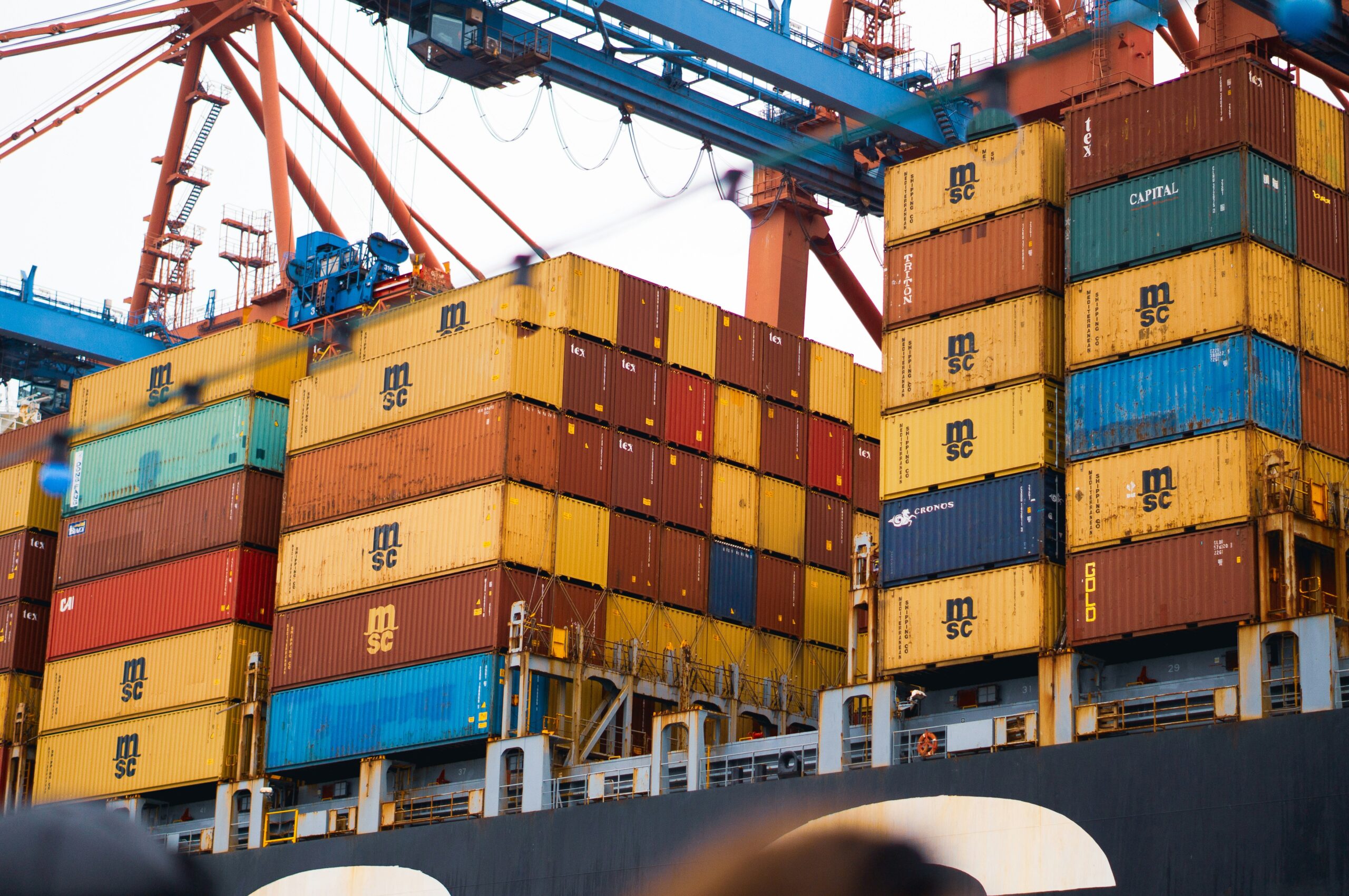South Africa modified and streamlined its tariff structure in 1994. The average tariff rate has fallen from a high of more than 20% to barely 5.8%. Despite these modifications, importers contend that the tariff schedule still has too many unique rates and is thus overly confusing. The majority of tariff rates are contained within eight levels, ranging from 0% to 30%, however, some are higher (e.g., most apparel items). With a few exceptions in a few industries, such as textiles and apparel, practically all of South Africa’s particular and composite duties were converted to ad valorem rates (a tax, charge, or fee levied based on the value of the goods, services, or property on which it is imposed). Clothing has a final rate of 40%, yarns have a rate of 15%, textiles have a rate of 22%, finished items have a rate of 30%, and fibers have a rate of 7.5%. While duty on original motor parts is 20%, effective rated duty rates on cars, light trucks, and minibusses remain at a high level of 34%.

Processes
In South Africa, the import procedure is difficult. The South African Revenue Service (SARS) has established around 90,000 product tariff codes, which are strictly enforced on all imports. Exporters from the United States who are new to the market are highly advised to work with a reliable freight forwarding and customs clearance agent who is well-versed in South African customs. Customs South Africa (Customs SA), a part of SARS, requires importers to register and get an importer’s code from SARS. This impacts a significant number of importers and may cause goods clearance to be delayed.
Documents
SARS uses a Single Administrative Document (SAD) to make customs clearance easier for importers, exporters, and cross-border traders. The SAD is a flexible goods declaration form that can be used for transit, cross-border, import, and export transactions. Items required for shipping to South Africa include, one negotiable and two non-negotiable copies of the Bill of Lading are required for customs purposes. The Bill of Lading may include “straight” or “to order” notations, For commodities subject to antidumping or countervailing duty, as well as when a duty rate less than the general rate is requested, a Declaration of Origin Form, DA59, must be used. DA59 is a predefined shape with a predefined size, format, and content. This form does not require Chamber of Commerce certification. One original signed copy of the form must accompany the original commercial invoice for the goods requiring such a declaration, there must be one original Commercial Invoice and four duplicates. Suppliers must include in their invoices all information required for the importer to complete a valid entry and for South African Customs to calculate the value for duty purposes, Supplier invoices that do not include a detailed description of the nature and characteristics of the items, as well as the information required to calculate import duty and collect statistics, will not be considered to meet customs laws here.
Licenses/permits
For restricted items, import licenses are required. Before the date of shipment, importers must have an import permit. Importers who fail to produce relevant permission may face penalties from Customs SA. The permit is only valid for the goods of the specified class and country. It is non-transferable and may only be used by the person who received it. Import licenses are only valid for the calendar year they are issued.
Restricted products
The Director of Import and Export Control of the Department of Trade and Industry issues the import authorizations required for a certain category of forbidden items. Despite their decline, the bulk of used or second-hand items still requires these designations. Medicine export restrictions were in place until 2020, however, they have been partially lifted to allow exports to neighboring countries.



